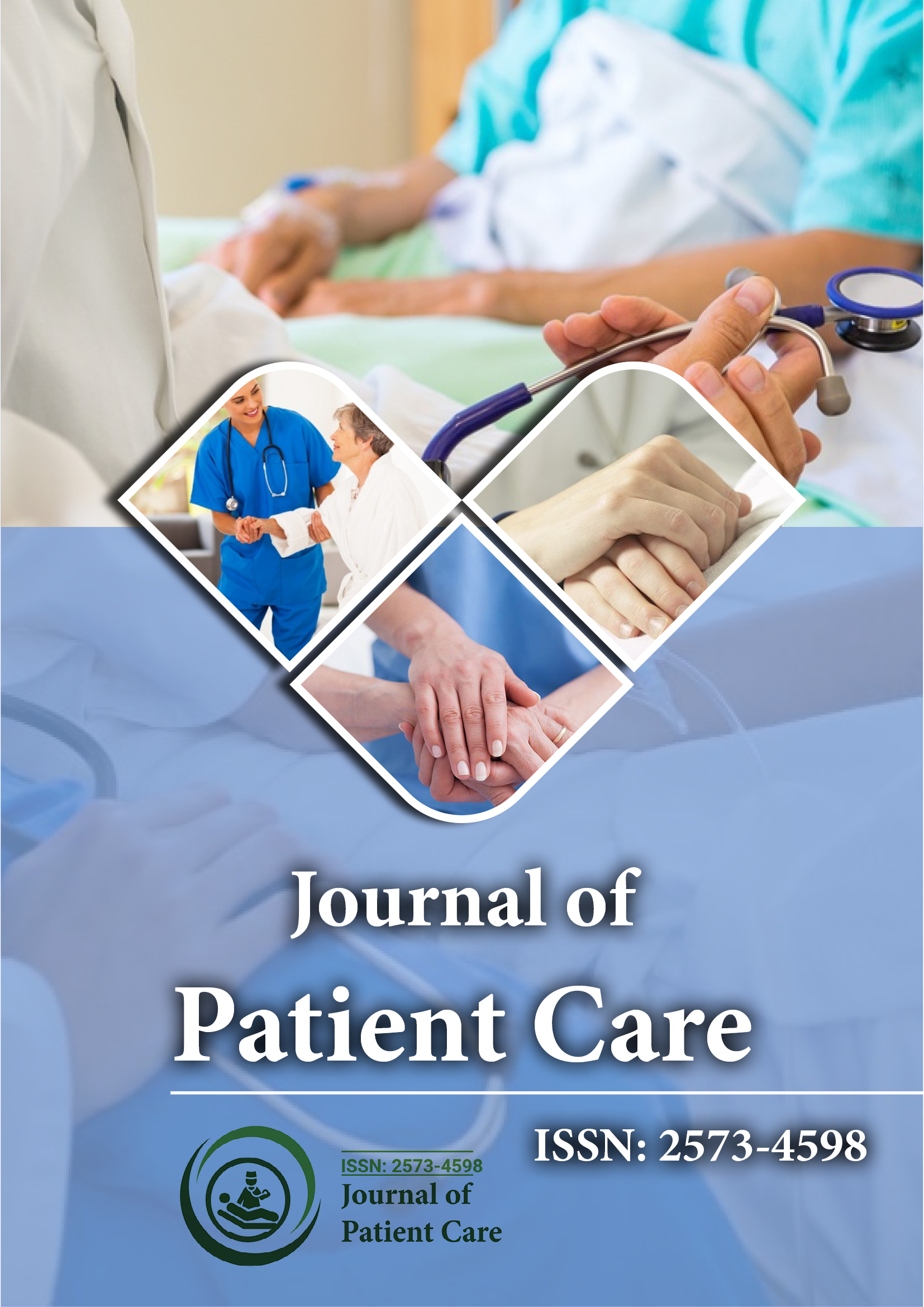索引于
- 参考搜索
- 哈姆达大学
- 亚利桑那州EBSCO
- 普布隆斯
- 日内瓦医学教育与研究基金会
- 欧洲酒吧
- 谷歌学术
分享此页面
期刊传单

抽象的
使用时间工作流程图分析聚餐时形成的 COVID-19 感染集群
土屋均
背景和目的: COVID-19 在全球造成了严重破坏。一些国家实施了短期封锁以减缓 COVID-19 的传播,同时继续基本经济活动;疫苗接种也在进行中,但疫苗接种的显著效果尚未显现。事实上,感染率继续以缓慢的速度增加。
虽然实施了封锁和限制餐馆营业时间的规定,但来自餐馆的聚集性感染仍然时有发生。最近还发生了来自家庭的聚集性感染。本研究试图分析此类聚集性感染的具体原因。
方法:在群体中,通过交谈时产生的飞沫传染是可能的。在群体就餐时,大多数人事后不会再戴上口罩,这显然是“违规行为”。因此,使用时间工作流程图(t-WFC)调查此类情况的实际情况,进行 COVID-19 感染集群分析,并提出应对措施。
结果:集体就餐并不能保证不会导致感染。因此,在这种情况下,人们应该戴口罩以防止感染。此外,口罩的功效因类型而异。因此,应使用更有效的口罩。集体就餐时还应考虑几条规则,例如保持社交距离和减少参与者人数。
结论:应纠正“集体就餐不会感染新冠病毒”的错误观念。
免责声明: 此摘要通过人工智能工具翻译,尚未经过审核或验证